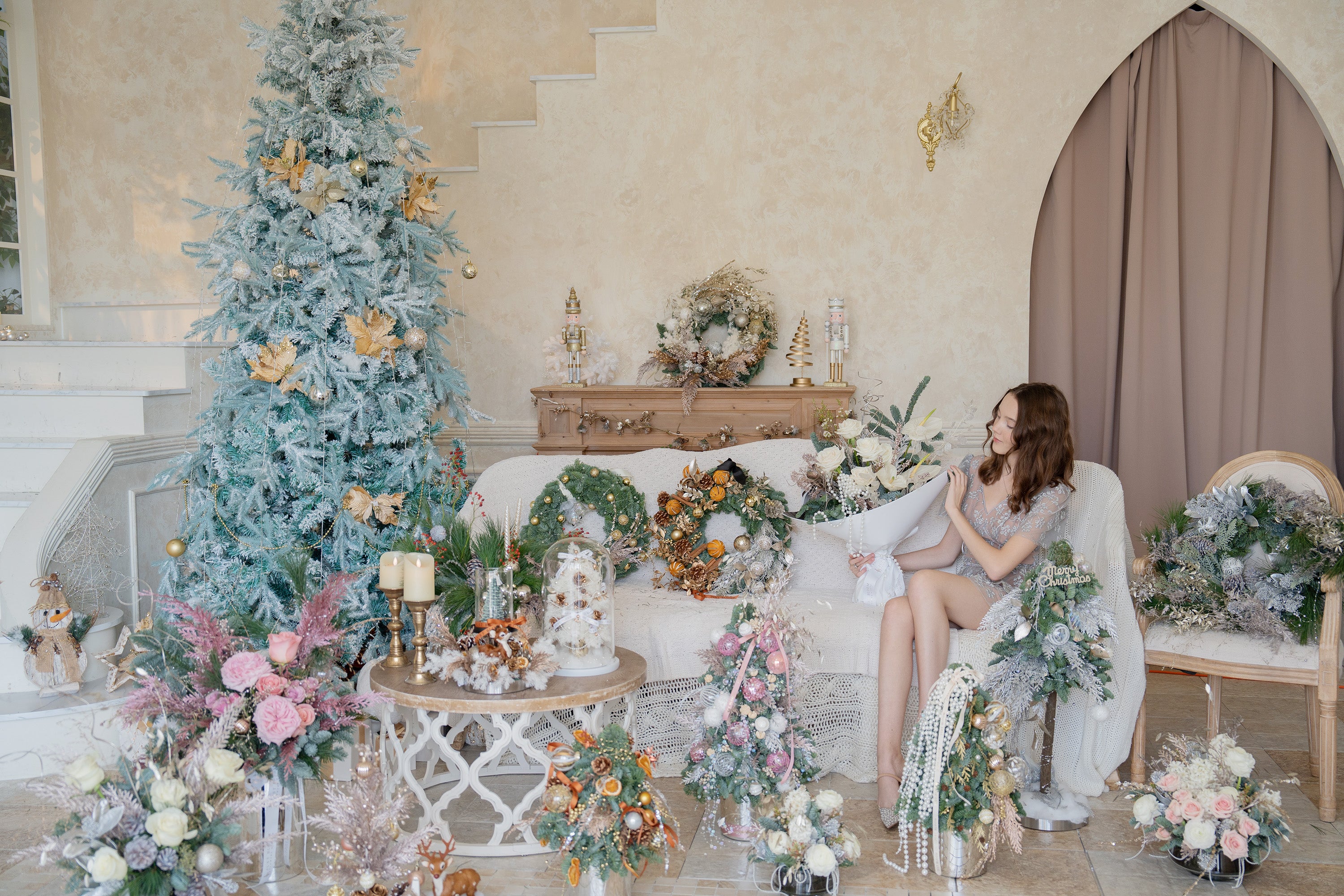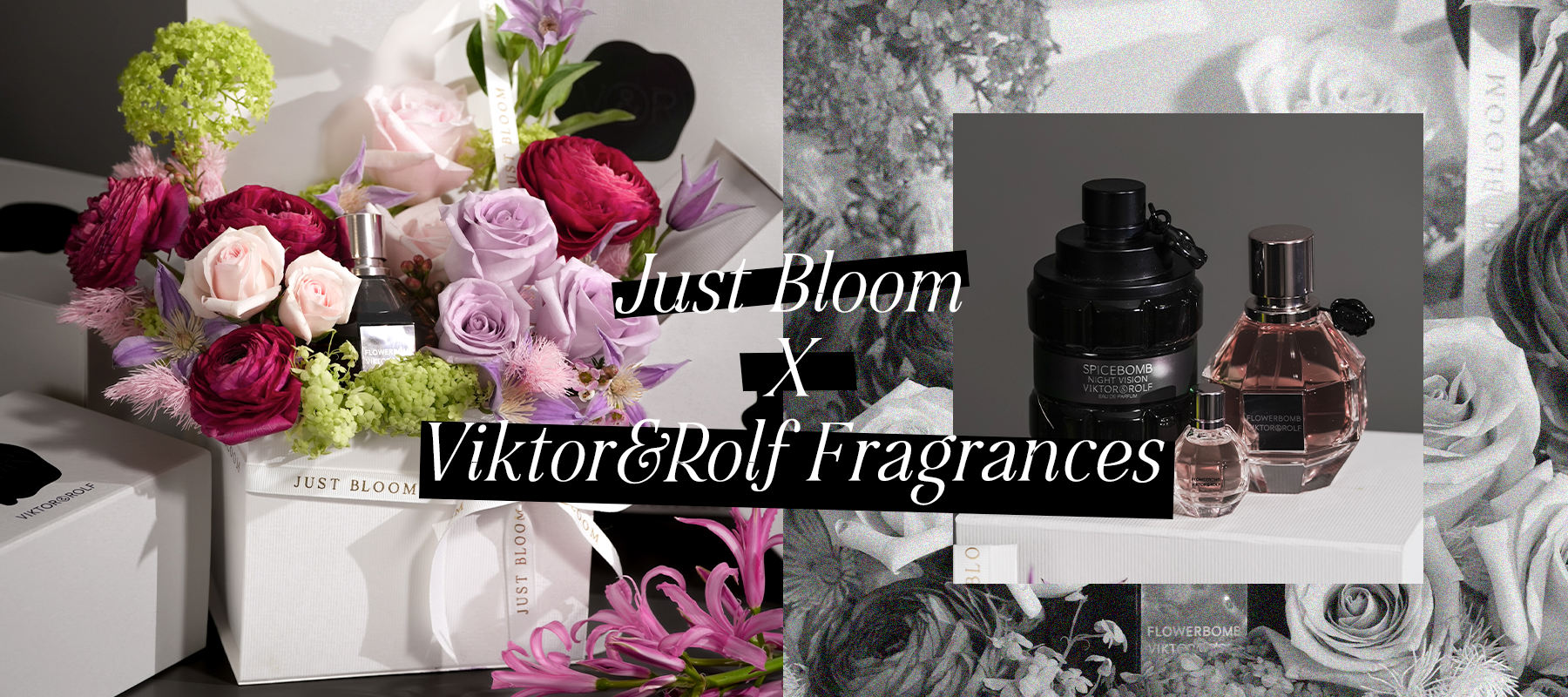The Traditional Art of Christmas Floral Arrangements: A Magical Journey from Ancient Times to Today
Christmas, a holiday rooted in Christian tradition, has evolved into a global celebration. In addition to gifts, Christmas trees, and festive feasts, floral arrangements also play a significant role in the traditions of Christmas, bringing the beauty of nature into this joyful and peaceful holiday.
-
The History of Christmas Floral Arrangements

The history of Christmas floral arrangements can be traced back to ancient Rome when people would decorate their homes with greenery and flowers during the winter solstice, in anticipation of the arrival of spring. By the Middle Ages, this custom merged with Christian culture, becoming part of the celebration of the birth of Jesus Christ. -
Traditional Plants in Christmas Floral Arrangements

Traditionally, common plants associated with Christmas include holly, mistletoe, and the red Poinsettia flower. These plants are beloved not only for their colors and appearance but also for their rich symbolic meanings. For example, the evergreen leaves of holly symbolize hope for eternity and new life. -
Evolution of Christmas Decorations and Floral Arrangements

Over time, Christmas floral arrangements have evolved from simple religious symbols into forms of art. Modern Christmas floral arrangements combine traditional elements with innovative designs and are used not only for decorating homes but also extensively in public spaces and commercial settings. -
Just Bloom and Modern Christmas Floral Arrangements

While respecting tradition, contemporary florists like Just Bloom continue to innovate by blending modern design concepts with traditional Christmas floral arrangements. From bouquets to wreaths, each piece is a contemporary interpretation of the holiday spirit.
> Pre-order Now!
Christmas floral arrangements are not just decorations; they are expressions of culture and art. Every flower and leaf tells the story of this ancient holiday, connecting the past and the present.




Leave a comment
This site is protected by hCaptcha and the hCaptcha Privacy Policy and Terms of Service apply.